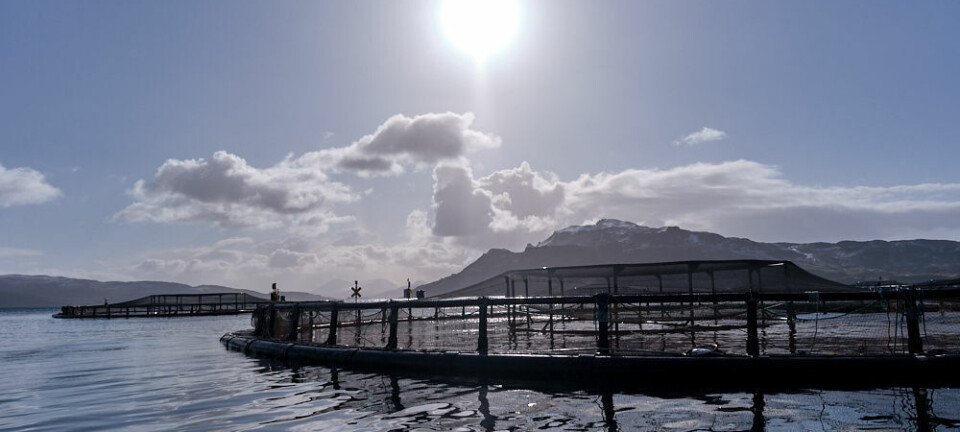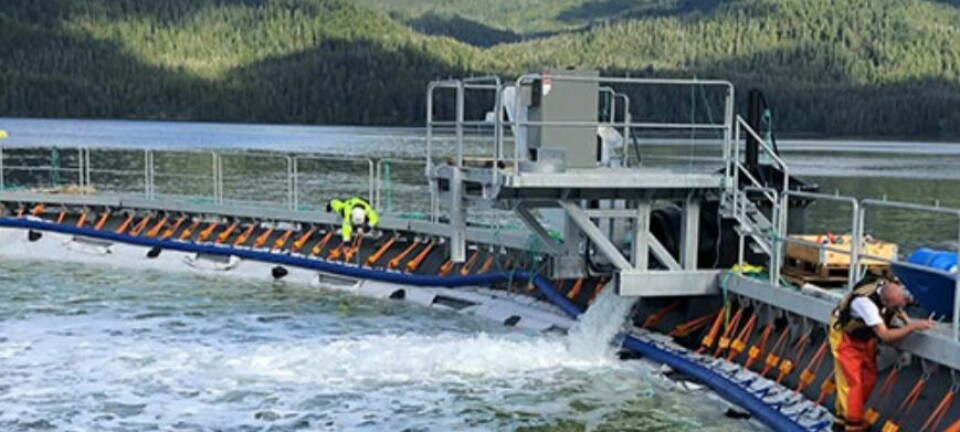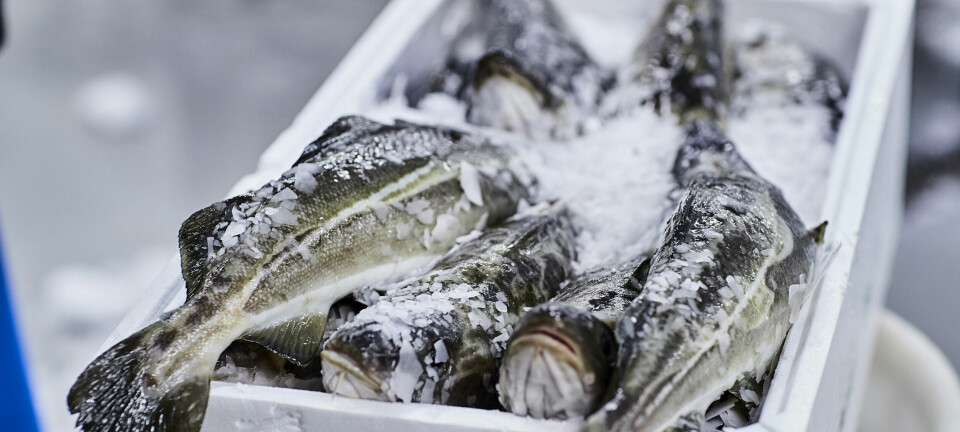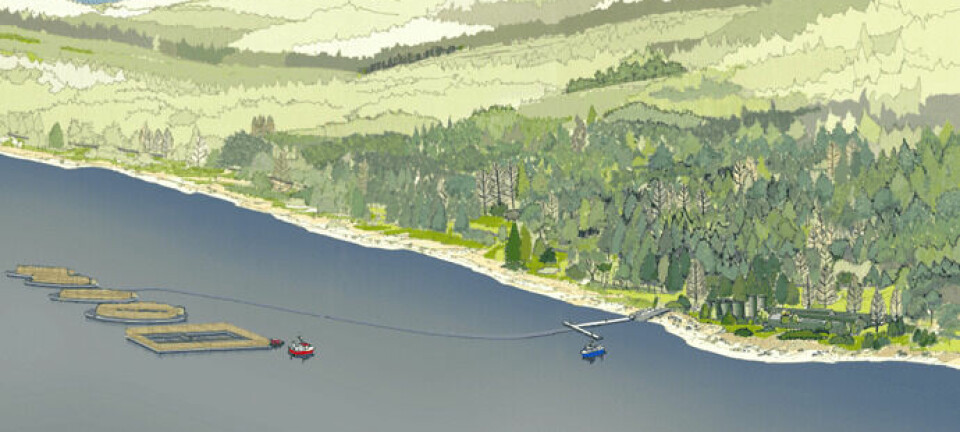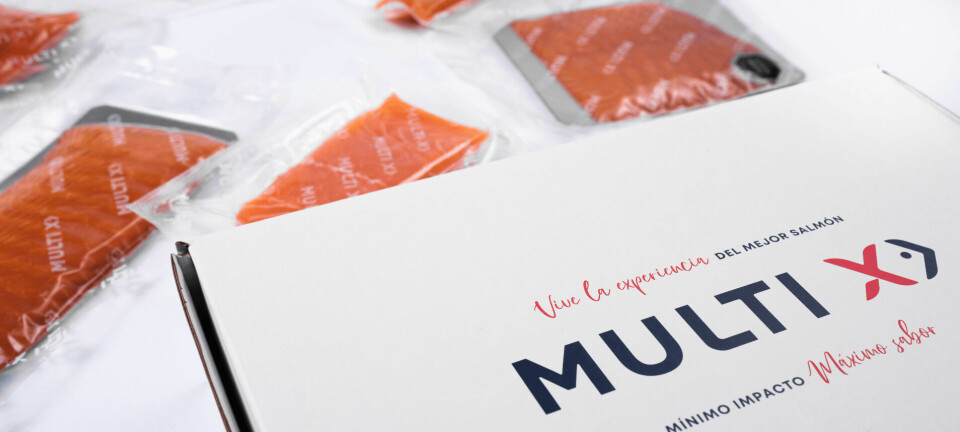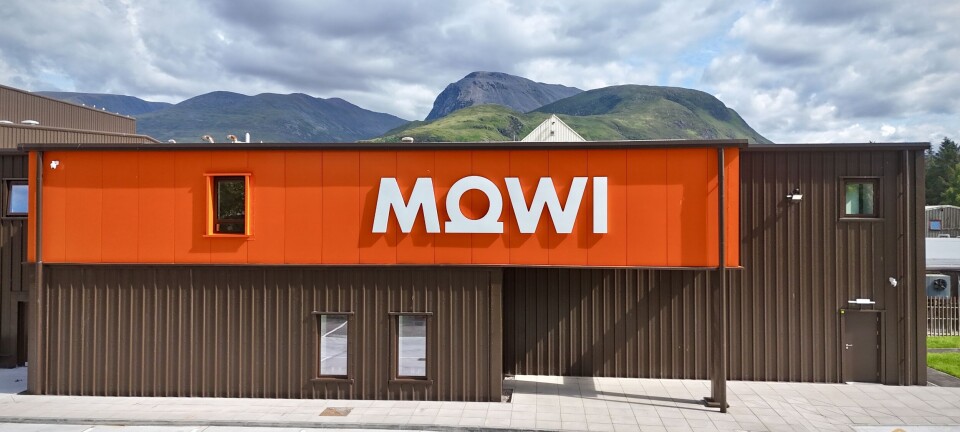Library of Caligus genes become publicly available
Christian Pérez On April 4th 2014 the sequence of 44 089 genes derived from the sea-lice Caligus rogercresseyi were entered into the GenBank of the National Center for Biotechnology Information (NCBI, www. www.ncbi.nlm.nih.gov). The sequences were obtained through the work performed by scientists at the Centre for Biomedical Research at the University of Victoria, Canada, headed by Professor Ben F. Koop. This work has been initiated and financed within the CORFO supported Blue Genomics Chile initiative. The goal has been to generate high quality and open sources genomic data to stimulate increased research on the C. rogercresseyi parasite. This represents a major contribution for development of new sustainable methods for future control of the parasite in the Chilean salmon industry. According to the information provided by Blue Genomic Chile, current control of sea lice infestation in salmon aquaculture is mainly based on the use of antiparasitic chemicals, frequently encountering problems with genetic resistance of the parasite. There is a great need for novel control methods, and in order to develop new approached a more profound understanding of host and parasite biology is required. The publishing of the library of C. rogercresseyi expressed genes will be followed by the release of similar data from different life stages, including eggs, copepodites, chalimus, and adult life stages (males and females) within the next couple of months. - This opens up for any scientist to enter the databases to retrieve a gene of interest and look at the how they are expressed in different life stages, says Professor Ben F. Koop at the University of Victoria. The data released from Blue Genomic Chile and the University of Victoria represents a very powerful resource for the development of new control strategies, for instance by enabling the search of new vaccine candidates. The scientists can search for genes and proteins with a unique expression pattern at different life stages or in different tissues, for further exploration of their potential as a vaccine antigen. It is also possible to characterize key metabolic patterns in the sea lice, for further studies of molting, feeding behavior, reproduction and avoidance of host defense mechanisms. - Ultimately, this can lead to the development of innovative nutritional or pharmacological strategies essential to the sustainability of the salmon industry, and the results will be used immediately by scientists and students at the Veterinary Faculty, says Victor Martinez, Associated Professor at the Universidad de Chile. - AquaGen is investing heavily in the development of Atlantic salmon and Rainbow trout with improved genetic resistance to Caligus infestation. Results so far are encouraging, and knowledge about the gene expression of the parasite will be an important additional tool in the validation of host resistance, says Managing Director in AquaGen Chile, Patrick Dempster in a comment. The data will also be of relevance to the global salmon farming industry as further studies will look into comparative differences in expression pattern between the Caligus rogercresseyi, Caligus clemensi and the Lepeophtheirus salmonis, covering the most important sea lice species affecting Atlantic salmon. - When faced with major challenges like sea lice in salmon aquaculture, it is vital that the industry is willing to foster open innovation by supporting and funding advanced studies that are not giving applied results immediately, but have the potential to provide game-changing inventions downstream, says Odd Magne Rødseth, Group Director Aquaculture in EW Group.



